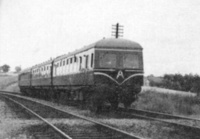Swindon Inter-City 79xxx series 3/6-car DMUs
Operations - Western Region
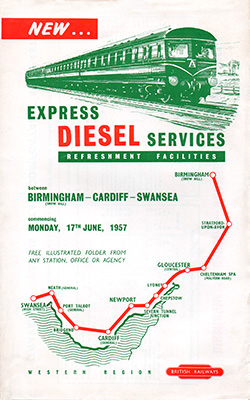
Six three-car sets worked their first two years on the Western Region principally on Birmingham - South Wales services. They were introduced with the Summer 1957 timetable (from Monday 17th June) and would begin to be replaced on the route by Swindon Cross-Country sets just one year later.
They would then also work local services in the Birmingham area until moving to Scotland in 1959.
A set operating on the Western Region features in this British Pathe newsreel at 4:13 including footage inside the buffet car.
Western Region Plans
In an October 1956 paper entitled ‘The Outlook on Modern Railway Operation’, which outlined the probable pattern of the Region’s dieselisation, Mr S.G. Hearn, the WR Chief Operation Superintendent stated that daily mileages of 500, possibly more, were considered practicable with the DMUs planned for Inter-City and Cross Country work. It was considered that the routes on which they would be used had a relatively constant demand for services so standard formations would cover the requirement of every train, and if the service was worked by multiple unit stock with buffet or restaurant car facilities, it would be possible to give a better and more economically operated service. The shorter turnaround required would allow greater utilisation, and there was little demand on these routes for locos to work other traffic during the night. The whole of the WR’s motive power was expected to be covered by four types of diesel locomotive and five different designs of multiple-unit diesel trains, including suburban sets. Something like 80% of the units were hoped to be employed in revenue-earning operation at any one time.
The Vehicles
The Region received the numerically lowest vehicles of the build, power cars 79083-94, buffets 79440/1 and trailer firsts 79470-3. These formed six three-car sets, two with buffet cars.
All the power cars were DMBSs, eight were 'intermediate' and four were 'leading' types. The intermediate DMBSs 79083-90 were built first, all in 1956, and went on loan to the Scottish Region when new. They were returned to the Western Region in April 1957, the leading power cars were delivered new in June 1957.
When you look at photos of the ex-ScR vehicles in the first days of traffic on the WR they look brand new (such as 79085 on 19/6/57) — it suggests they have been returned from Scotland to Swindon Works for repainting, then delivered as complete three-car sets with the newer vehicles.
Driver Training
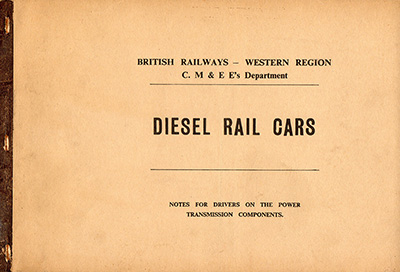
The WR CM & EE Department released a booklet (just over A4 sized) on the new diesel railcars — 'Notes for Drivers on the Power Transmission Components'.
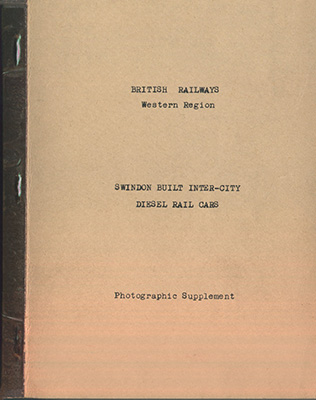
Dated October 1956 it was aimed at introducing steam drivers to how diesel engines and the power train components worked. The rear half of this version had photographs of the cab and underframe components.
Early versions did not the photographs included, and for these a separate photographic supplement was later issued.
Demonstration Runs
Two demonstration runs of the Inter-City diesel trains took place, one from Newport to Swansea and back on 12th June 1957 and one from Birmingham Snow Hill to Gloucester and return the following day. On both occasions those travelling included civic dignitaries, leading industrialists, representatives of transport users, and other persons prominent in the communities served, besides members and officers of the B.T.C. and of the Western Area Board, and officers of the Western Region of British Railways. All runs proved very successful.
Those who travelled from Newport to Swansea on June 12 included:-
British Transport Commission: Sir Brian Robertson, Chairman;
Western Area Board: Messrs. Anthony Berry, F. A. Parish, and P. T. Heady, Members;
Western Region: Messrs. K. W. C. Grand, General Manager; A. C. B. Pickford, Chief Commercial Manager; C. J. Rider, Public Relations & Publicity Officer; C. T. Roberts, Carriage & Wagon Engineer: R. A. Smeddle, Chief Mechanical & Electrical Engineer; W. R. Stevens, South Wales Area Officer; H. E. A. White, Motive Power Superintendent; and A. W. Woodbridge, Signal Engineer.
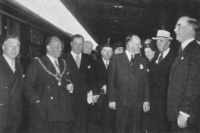
British Transport Docks Division: Mr. W. Jeffers, Chief Docks Manager, South Wales Docks;
B.T.C. Police: Mr. W. W. Wood, Chief of Police, South Western Area.
The image shows railway officials at Cardiff on June 12 1957 after the demonstration run from Newport. From left – right: ACB Pickford; Alderman JH Morgan, Lord Mayor of Cardiff; JHF Page, District Operating Superintendent, Cardiff; CH Swancutt, Stationmaster, Cardiff General; KWC Grand; Sir Robert Webber, President, Cardiff Business Club; Sir Brian Robertson.
The party on June 13 included:-
British Transport Commission: Mr. R. F. Harvey, Chief Operating & Motive Power Officer;
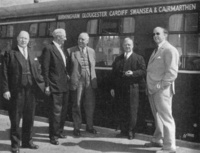
Western Area Board: Messrs. R. F. Hanks, Chairman; and A. Chamberlain, Member;
Western Region: Messrs. 11. G. Bowles, Assistant General Manager (Administration); A. C. B. Pickford; C.J. Rider; C. T. Roberts; R. A. Smeddle; H. E. A. White; and A. W. Woodbridge.
B.T.C. Police: Mr W. E. N. Grawdon, Chief of Police, Midland Area.
The second image taken at Gloucester after the demonstration run from Birmingham on June 13th 1957 shows From left – right: RA Smeddle, RF Harvey, AW Woodbridge, RF Hanks, A Chamberlain. Note Carmarthen on the roofboard.
Formations
The Region wanted six three-car Inter-City sets. Their duties would include removing/adding vehicles en-route, and this seems to be the reason why there were a higher proportion of intermediate vehicles. It received eight intermediate cars against four leading, along with four TFs and two TFRBs. The buffet cars normally had an intermediate at both ends, as these were removed at Cardiff on westbound trains, only one 3-car going through to Swansea, and vice versa. Having the intermediate at both ends meant there was less of a problem in ensuring they were coupled with through access.
Photos show that the intermediate-buffet-intermediate formation was not always maintained as buffet cars can be seen operating with leading cars.
Allocations
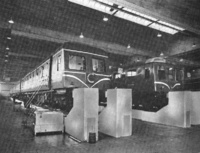
At the time the WR did not specify vehicle numbers in allocations for the DMUs. At the end of 1957 official lists showed that four sets were allocated to Tyseley, two to Cardiff and one to Landore[1]. Note that that was a total of seven sets, the region only had six sets!
The image shows a set inside the newly opened diesel shed at Tyseley circa early 1959. British Railways.
Timetable
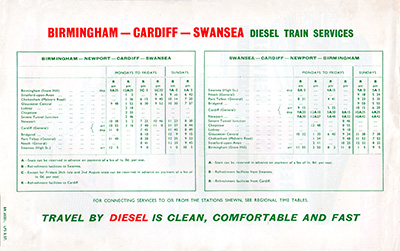
From the start of the summer timetable on Monday 17th June 1957 the units were introduced on express services between Birmingham and South Wales. All services had buffet cars on the Birmingham - Cardiff section. The 2½ hr timing of the 8:25am and 8:30pm from Birmingham to Cardiff was the fastest on record at the time, 15 mins less than the quickest existing train.
The frequency and timings were improved over the previous steam service, but slower than those in 1934 achieved by the GWR introduced AEC railcars on the same route. The best times between Birmingham and Cardiff in 1934 these were 142 minutes westbound and 143 minutes northbound.
The timetable page is the rear of the 'Express Diesel Services' leaflet shown at the top of the page. It mentions a 'free illustrated folder' being available, which is shown below (front cover (rear was identical), inside pages, then unfolded).
These services doubled what already existed, which was only two through trains in each direction. For the first time there was also a through Sunday service on the route. Birmingham to Cardiff was 119 miles, to Swansea 166½ miles. The 6-car sets divided at Cardiff General, the 3-car set which included the buffet running only on the Birmingham and Cardiff section apart from one Sunday return working. The weekday services required both buffet cars to be in service.
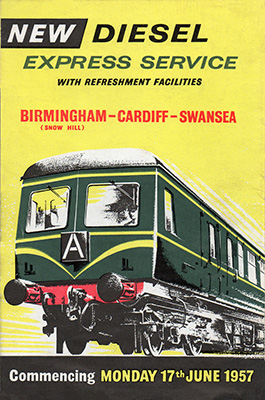
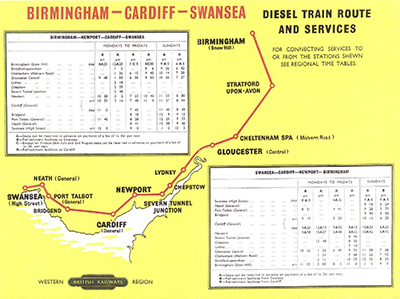
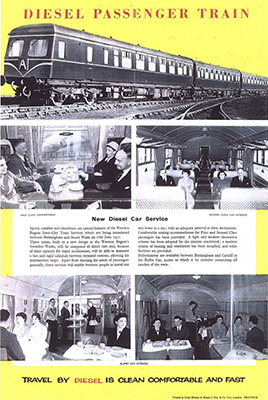
All trains travelled via Hatton North Junction and Stratford-on-Avon (to bypass the Henley-in-Arden interval service), with the exception of the 8:15pm from Cardiff which followed the North Warwickshire line from Stratford-on-Avon. There were no booked workings for the units on Saturdays. On Sundays all used the North Warwickshire line.
The 8:25am from Birmingham ran non-stop to Gloucester (arr 9:46) passing Stratford (8:59½) and Cheltenham at 9:32. The 44½ miles from Gloucester to Newport would be run in 48 minutes non-stop. Arrivals at Cardiff will be at 10:55 & Swansea at 12:05pm.
When this timetable was initially announced in March 1957 one of the Swansea services was to run to Carmarthen — this didn’t happen until the winter 1957/58 timetable.
First train
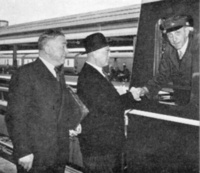
Mr RH Hanks, Area Board Chairman, thanks the driver at Gloucester on the day of the inauguration of the new Birmingham - South Wales diesel service, Monday 17 June 1957. British Railways.
On the first public run between Newport and Swansea on the 17th June, the 6-car set did the 11.8 miles to Cardiff in 12 minutes net, with a sustained 73mph on the level track. Severe signal checks entering Cardiff lengthened the actual time to 13mins 23secs. Three cars ran the remaining 45.8 miles to Swansea in 56mins 22secs, inclusive of a stop at Port Talbot, three severe p.w. and one signal check. Maximum speed was 75mph descending Margam Moor bank. The fastest non-stop steam booking at the time was 68 minutes from Cardiff to Swansea.

In the image a buffet car set is seen near Widney Manor during the first week of services on the 20th June 1957. It is working the 8.30pm from Birmingham Snow Hill - Cardiff General and would reach its destination at 11pm. Michael Mensing.
Exhibition
A Modern Railway Travel exhibition was held at Battersea Wharf Goods Yard on the 28th-30th June 1957, demonstrating some of the features of the modernisation plan. Included was power car W79083 and trailer first W79471. The handbook accompanying the exhibition noted “the vehicles are not in new condition as they have been in service”
Staff booklet
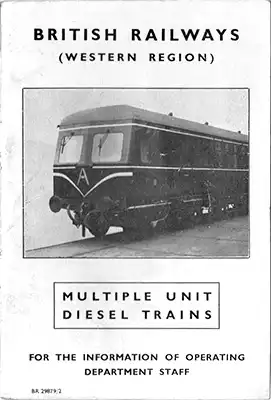
The region produced a 6" x 4" booklet to give guidance to operating staff on their new diesel trains. It covered the Inter-Cities as well as Cross Country, Suburban and single cars. Download PDF (8mb). They produced a similar booklet for their Diesel Pullman trains.
It gave general information to the staff, such as multiple working abilities and the lengths over buffers of each type (an Inter-City 3-car set was 199ft 4in, a 6-car 397ft 8½in, and a 9-car 596ft 1in).
Seat reservations were possible on these services. Seat numbers were carried on the side walls on the Inter-City cars immediately above the window seats, and the seats numbered across from one window to the other. Certain seats were ‘back and facing’, whilst others faced in one direction only. The cars had a slot on the exterior to take the coach registration letter, but these were not always used.
"Platforms at many stations at which DMUs call will be provided with numbered indicators showing the point at which the driver should bring to a stand, depending on the number of cars on the train."
The brake van accommodation was noted as two vans of 8 ft 10½ in on a 3-car set. Letter, mail, parcels, parcel post & misc. traffic was only to be conveyed on these sets where authorised by instructions issued from time to time by District Officers.
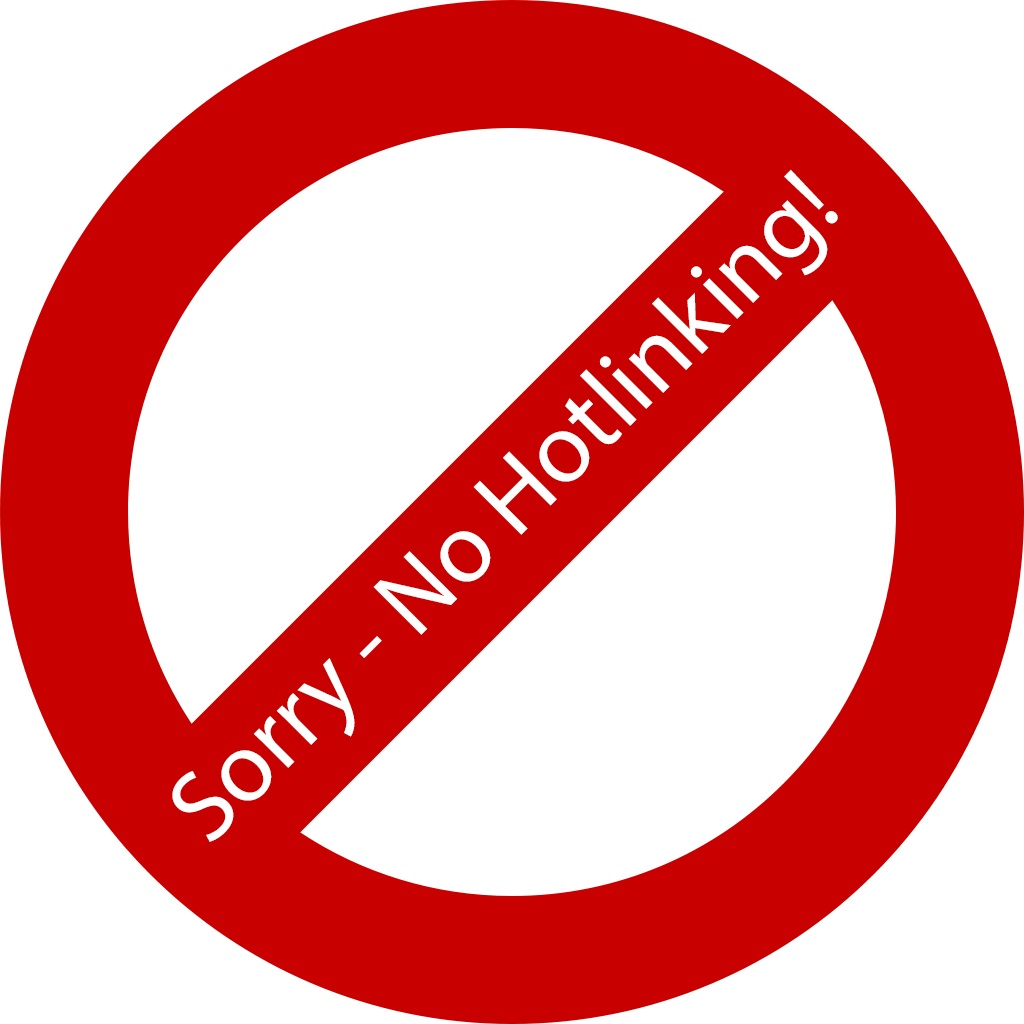
The Chapter "Access to Cars" noted that the centre compartment of the trailer first has direct access to each side, and could be used for stretcher cases as in normal coaching stock.
The image shows a trailer first vehicle at Birmingham Snow Hill and the doors leading direct into the centre compartment. Note also the roof board.
Also noted was “Inter-City trains must not convey tail traffic.”
A similar Western Region booklet was also produced for the Diesel Pullmans.
Excursions
With no scheduled Saturday services the sets could be used on excursions, such as one on 20 July 1957 from Cheltenham St John to Weston-super-Mare, and a six-car formation that ran from the same place to Barry Island a few weeks later on 17 August[2]. The following week two sets worked from Birmingham - Paddington on 24 August. Pictures of this last working appeared in the November 1957 issue of Railway Magazine and in the Brian Morrison DMU book.
Differing Formations
A four-car set was noted in traffic on 21 August 1957, a three-car buffet set with an extra intermediate car. A seven-car set has also been noted, a leading car added to two three-car sets.
Improved Figures
In the first four months of the service passenger bookings increased by about 163,000 (approximately 16%), and receipts by £30,000 (29%), compared with the previous year. While this looked good, it was noted that some of this was at the expense of the alternative route via Hereford.
New Timetable
The Winter 1957 timetable saw services continue much the same with a few changes. There was a slight revision of intermediate timings and they now also ran on Saturdays. The 8.25am from Birmingham and the 8.05am from Cardiff now called at Stratford-upon-Avon, meaning only one train in each direction now didn't make that stop. The 8.25am from Birmingham was extended to Carmarthen, arriving 1.05pm. The return working was at 3.05pm, which then became the 4.15 from Swansea.
In this timetable services with buffet cars were marked differently from those with a full restaurant service. When the timetable was issued the Railway Gazette stated "an opportunity for some valuable publicity seems to be missed by not indicating specially the train services which are worked by diesel units". It goes on to say "this applies in particular to the new Birmingham - South Wales service."
The 192 mile journey from Birmingham Snow Hill – Carmarthen was noted in the March 1961 Trains Illustrated as being the longest DMU journey possible.

From September 23rd until December 15th 1957 there was engineering work between Honeybourne and Cheltenham, meaning services were diverted to run via Evesham (over a new connection provided for the purpose) and Ashchurch in both directions and were retimed.
In the image two three-car sets are seen taking the north west curve at Honeybourne with the 12.25pm Birmingham Snow Hill - Cardiff General service on 23rd September 1957, diverted via the Midland Railway route to Cheltenham. Michael Mensing.
Western Region Rundown
The Cross-Country Swindon sets (later known as Class 120s) were introduced to traffic on the Region on the 10th March 1958, replacing some steam services, and the Inter-Cities on the 12:10pm and 8:15pm Cardiff - Birmingham and the 12:25pm and 8:30pm Birmingham - Cardiff services. It was also noted that some of the Inter-City diagrams had been steam worked other the previous months as some of the Inter-Cities were out of service due to mechanical breakdowns.

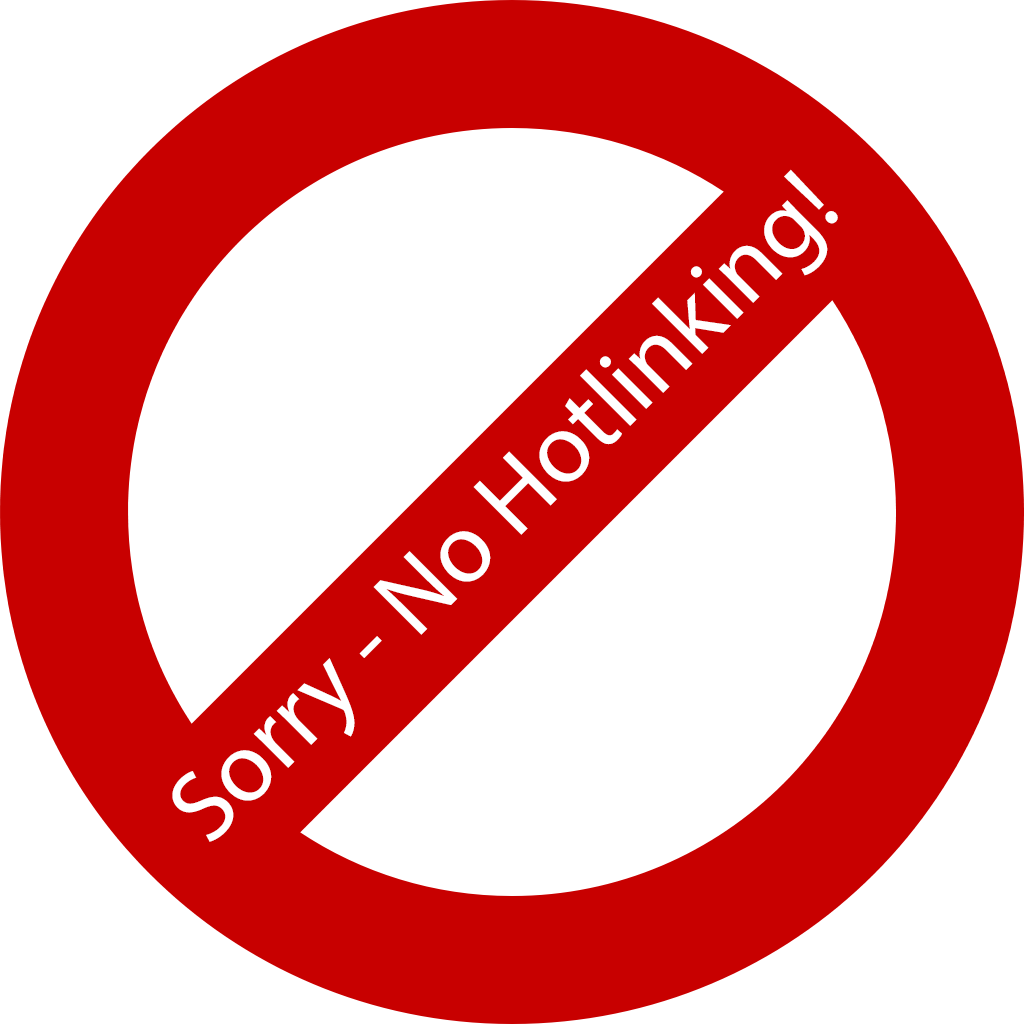
In the first image the 5.5pm Birmingham Snow Hill - Swansea High Street approaches Acock's Green on 29th March 1958. Formed of two three-car sets, the rear contains a buffet car. The closest power car in the second set - the fourth vehicle - is back to front, the cab facing the buffet car. All images in this section by Michael Mensing.
In the second image W79089 is at the front of a set in Birmingham Snow Hill forming the 8.35pm to Wellington on 2 April 1958. The vehicles were fitted with brackets for coach letters by the outer passenger doors, but in this case the coach letters have been applied to the passenger windows.
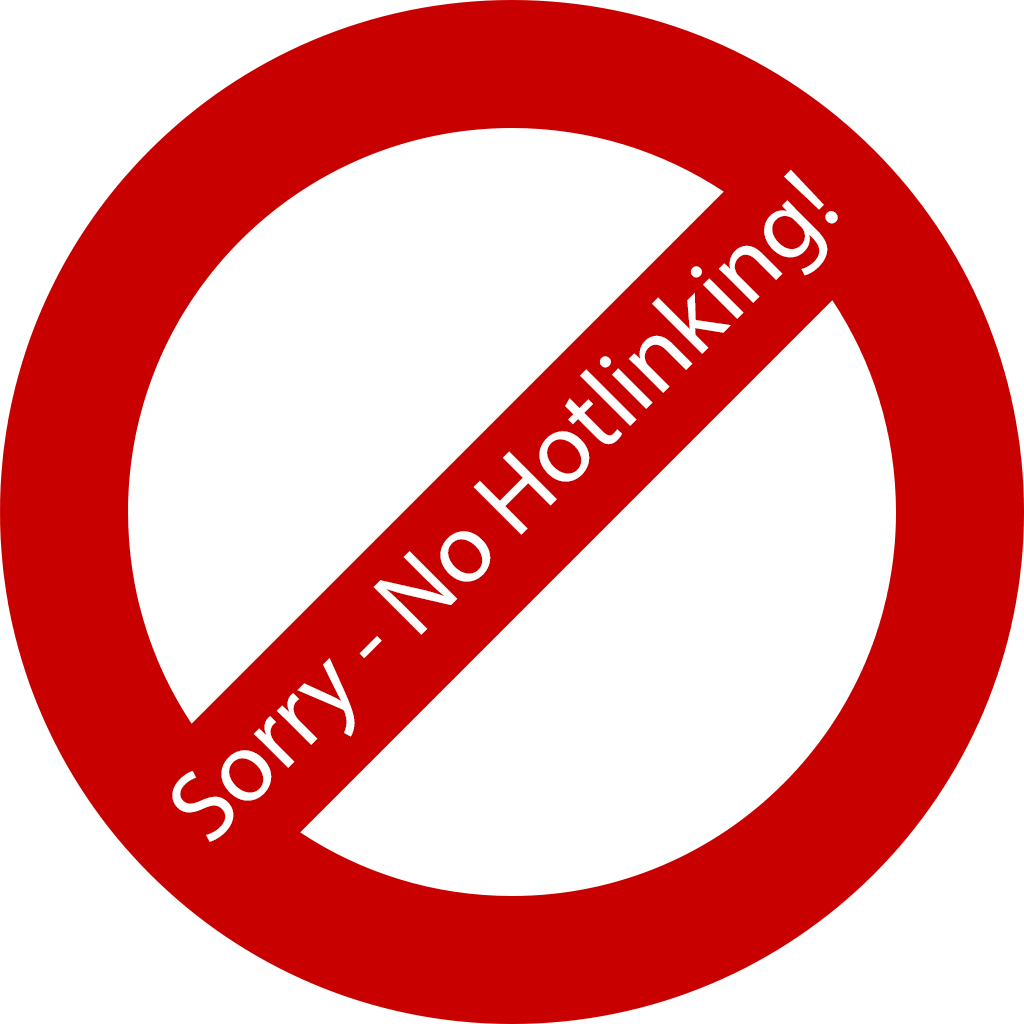
The next image shows the 3.05pm Carmarthen - Birmingham Snow Hill service approaching Widney Manor on 20 May 1958. It is formed of two three-car sets, the first with a buffet car.
The new timetable on Monday 9th June 1958 was promoted as an 'Improved Diesel Service' between Birmingham Snow Hill and South Wales with more Cross-Country sets taking over the the route. They continued on Welsh workings, until at least July 1959, but would work an increasing number of Birmingham local workings.
Another six-car Birmingham Snow Hill - Paddington excursion ran on 12 July 1958, a photograph of this appears in the Brian Morrison DMU book.
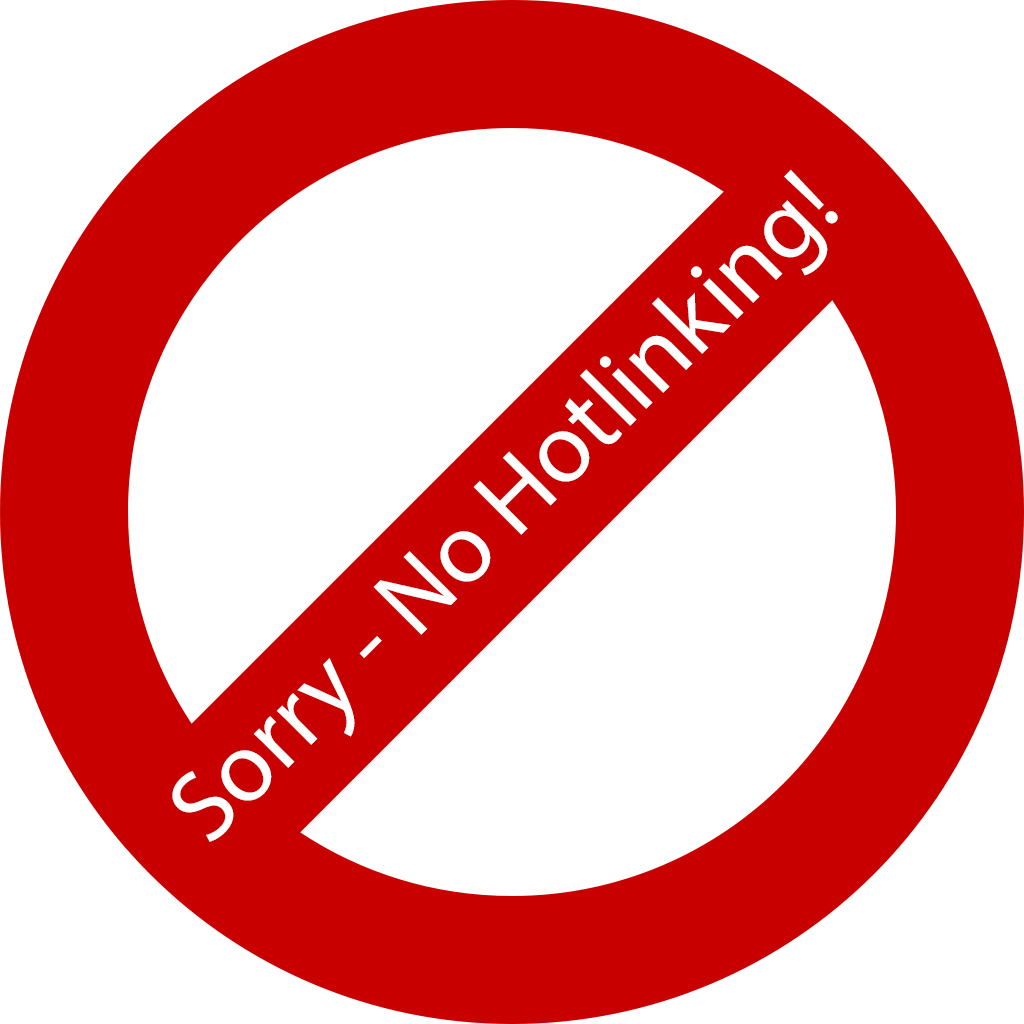
In the last image, an Inter-City DMU Replaced on the Birmingham - South Wales route by Swindon Cross-Country DMUs is working the 1.20pm Birmingham Moor Street - Leamington Spa General service, seen leaving Acock's Green on 22 April 1959. Intermediate DMBSL W79089 leads the non-buffet set.
Move to Scotland
With a suitable number of deliveries of other types of DMUs to the Western Region, the non-standard Inter-City vehicles were released to move north to join their classmates in Scotland.
Two sets moved in June 1959 - 79088 + 79440 + 79094 moving to Leith Central on the 18th and 79085 + 79473 + 79091 to Ayr during the week ending 27th June. Three moved in September, 79084 + 79441 + 79092 on the 9th, 79086 + 79471 + 79093 the week after then 79087 + 79471 + 79090 at the end of the month. The final set, 79083 + 79470 + 79089 moved north on the 10th October.
All these are 'book' dates, and the moves were on loan, staying on Western Region books. They were made permanent two years later on 31/12/61.
References
The Railway Observer is the journal of the Railway Correspondence and Travel Society
Summary
Description
Adverts
Diagrams
Drivers Instructions
Numbering
Liveries
Operations
- Western Region
Non-Passenger / Foreign Use
Images
Miscellaneous
Details about preserved Sc79443 can be found here.



